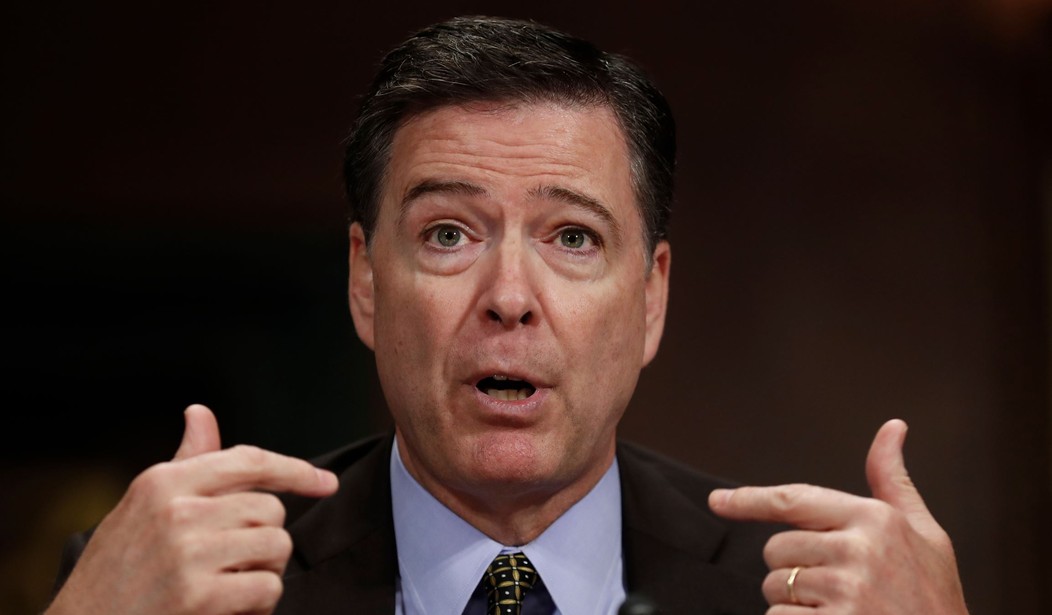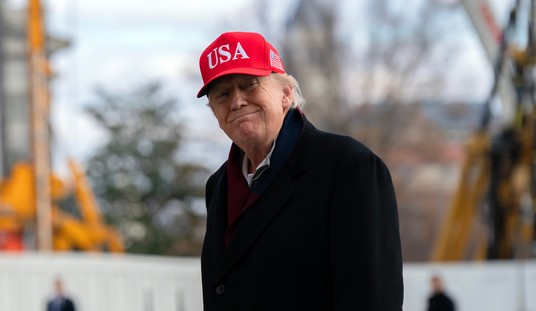I wanted to continue to highlight this 24,000 word piece published by the Columbia Journalism Review about how the collusion narrative was built up by the media and by outside actors. The piece itself is divided into 4 parts so I’m going to cover it the same way.
Part one had to do with the early days of the collusion story and the involvement of the Clinton campaign, Christopher Steele and Fusion GPS in getting the ball rolling. Part two picks up from there and looks at the many stories that followed which pushed the idea of collusion between Russia and the Trump camp in 2017.
Again, this is too long to summarize completely but this section opens with the unusual circumstances which led to the publication of the dossier. As you may recall, the dossier was floating around at various news outlets thanks to Fusion GPS. But because it was unverified, news outlets wouldn’t publish it. That changed when FBI Director Comey briefed the president about its existence. Once CNN learned Comey had briefed the president that gave them a news hook to write a story saying the briefing had taken place and describing the document itself.
On Sunday, January 8, McCabe, the FBI’s deputy director, sent a memo to the bureau’s leadership headlined “the flood is coming.” He noted that CNN was “close to” publishing a piece about the dossier, with the “trigger” being Comey’s brief and the dossier’s attachment to the ICA.
The dam broke two days later when CNN disclosed the Comey briefing. Hours later, BuzzFeed News posted the full dossier, with a warning that the material was “unverified and potentially unverifiable.” Both outlets cited the government use of the dossier to justify their going ahead…
It turns out that a few weeks after the FBI began checking out the dossier, in the fall of 2016, it offered Steele as much as $1 million if he could offer corroboration and he didn’t, according to court testimony by an FBI official in October.
The story of collusion continued with a series of stories in the NY Times. Newsroom deliberations for one of the stories were filmed and later aired for a Showtime series called The Fourth Estate. The show captured Editor Dean Baquet and reporter Mark Mazzetti discussing Trump-Russia collusion for a story that was published in February 2017:
Mark Mazzetti, an investigative reporter in the Washington bureau who was also helping edit some of the Trump-Russia coverage, is shown telling senior editors he is “fairly sure members of Russian intelligence” were “having conversations with members of Trump’s campaign.” (The story would say the conversations were based on “phone records and intercepted calls” and involved “senior Russian intelligence officials.” ) He asks Baquet, “Are we feeding into a conspiracy” with the “recurring themes of contacts?”…
The piece did contain a disclaimer up high, noting that their sources, “so far,” had seen “no evidence” of the Trump campaign colluding with the Russians.
But in the next paragraph it reported anonymous officials being “alarmed” about the supposed Russian-Trump contacts because they occurred while Trump made his comments in Florida in July 2016 wondering whether Russia could find Hillary’s missing emails.
The story said “the FBI declined to comment.” In fact, the FBI was quickly ripping the piece to shreds, in a series of annotated comments by Strzok, who managed the Russia case. His analysis, prepared for his bosses, found numerous inaccuracies, including a categorical refutation of the lead and headline; “we are unaware,” Strzok wrote, “of ANY Trump advisers engaging in conversations with Russian intelligence officials.” Comey immediately checked with other intelligence agencies to see if they had any such evidence, came up empty, and relayed his findings to a closed Senate briefing, according to testimony at a Senate hearing months later.
The media opened a new line of attack when President Trump claimed the Obama administration had had his his “wires tapped” at Trump Tower based on something he’d seen on Fox News. James Clapper was sent out to issue a denial the next day.
James Clapper, the former Director of National Intelligence under Obama, went on Meet the Press to say “there was no such wiretap activity.” He also said that during his time in office, which ended January 20, “we had no evidence of such collusion,” speaking of Trump’s campaign and Russia.
The Post put the collusion denial at the end of its story, while the Times ignored it.
While the official denials were downplayed or ignored, FBI Director Comey and Rep. Adam Schiff added gasoline to the collusion fire. Comey confirmed the FBI was investigating the issue in congressional testimony and Schiff went on MSNBC and claimed there was “more than circumstantial evidence” of collusion.
This installment of the report concludes with Trump’s decision to fire James Comey despite a warning from his deputy counsel that firing Comey would only extend the investigation. Trump acknowledged that possibility but told Bill Barr, “I’m still going to fire the son of a bitch.”
I’ll take at look at part three of this epic story by Jeff Gerth tomorrow.







Join the conversation as a VIP Member